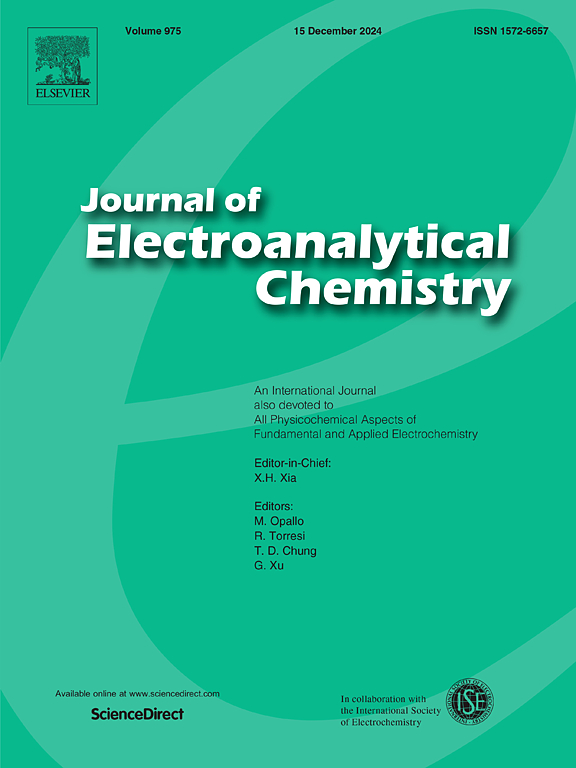S-N-doping TiO2@ MXene heterostructure in-situ derived from MXene frameworks as high‑rate anodes for Lithium/Sodium-ion batteries
IF 4.1
3区 化学
Q1 CHEMISTRY, ANALYTICAL
引用次数: 0
Abstract
Titanium dioxide (TiO2) shows promise as an anode material for Li/Na-ion batteries due to its low cost and good cycling stability. However, the limited rate capability and poor conductivity severely limit their practical application. Herein, the nitrogen-sulfur co-doping nano TiO2 is in-situ constructed on the Ti3C2Tx MXene substrate (SN-TiO2@MXene) via facile partial oxidation of MXene. The introduction of S-N heteroatoms, TiO2@MXene heterostructures and nanostructures can enhance electronic conductivity, improve ions diffusion kinetics and promote the contribution of pseudo-capacitance. Moreover, the employment of three-dimensional conductive layered MXene parent phase as a substrate material can not only construct the conductive network but also enhance the structural stability of the electrode. The SN-TiO2@MXene composite achieves an impressive reversible capacity of 306 mA/g after 1500 cycles at 500 mA/g, and 241.1 mAh/g after 2000 cycles even at a high current density of 2000 mA/g in LIBs. Furthermore, this electrode exhibits a discharge capacity of 105 mAh/g after 1000 cycles at 500 mA/g in SIBs. This study demonstrates that the three-dimensional layered SN-TiO2@MXene composites hold promising prospects as anode materials for ion batteries, and offer valuable insights for the fabrication of titanium matrix composites with exceptional electrochemical properties.
求助全文
约1分钟内获得全文
求助全文
来源期刊
CiteScore
7.80
自引率
6.70%
发文量
912
审稿时长
2.4 months
期刊介绍:
The Journal of Electroanalytical Chemistry is the foremost international journal devoted to the interdisciplinary subject of electrochemistry in all its aspects, theoretical as well as applied.
Electrochemistry is a wide ranging area that is in a state of continuous evolution. Rather than compiling a long list of topics covered by the Journal, the editors would like to draw particular attention to the key issues of novelty, topicality and quality. Papers should present new and interesting electrochemical science in a way that is accessible to the reader. The presentation and discussion should be at a level that is consistent with the international status of the Journal. Reports describing the application of well-established techniques to problems that are essentially technical will not be accepted. Similarly, papers that report observations but fail to provide adequate interpretation will be rejected by the Editors. Papers dealing with technical electrochemistry should be submitted to other specialist journals unless the authors can show that their work provides substantially new insights into electrochemical processes.

 求助内容:
求助内容: 应助结果提醒方式:
应助结果提醒方式:


